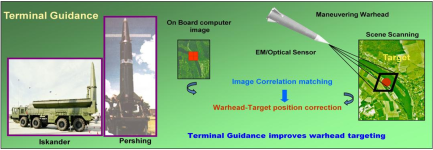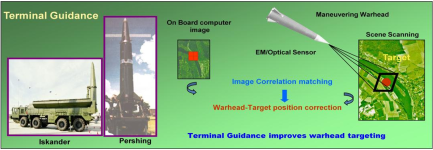What kind of engineering degree you have that didn't teach you about BASIC PHYSICS?
And don't compare MRBM to SUPER-HEAVY Space launch vehicle
Do you know what is the size of Saturn V rocket?
Saturn V first and second stages had much larger specifications then whole SHAHEEN-3 only third stage of Saturn V was smaller then SHAHEEN-3, Google Saturn V specifications then talk
And last solid fuel rockets can only able to reach sub-orbital altitudes or low earth orbits (BMs) and only used as a boosters for sapce launch vehicles because they have low IsP (specific impulses) then liquid fuel rockets and they can't lift super- heavy payloads to earth parking orbit that intended toward the moon
And do research on the topic/subject that you said SHAHEEN-3 NEEDS ONE MORE STAGE TO ABLE TO SEND PEOPLE TO THE MOON
THIS ENGINEERING DEGREE YOU HAVE WHICH TEACHES NONSENSE/CRAP











